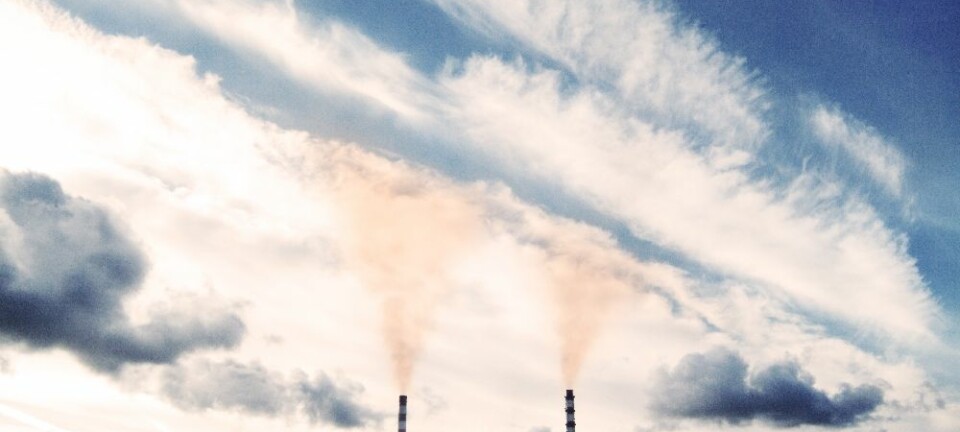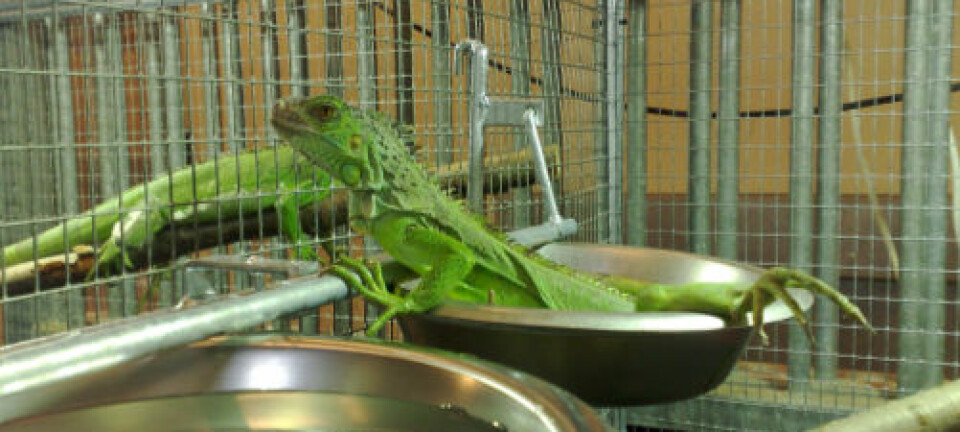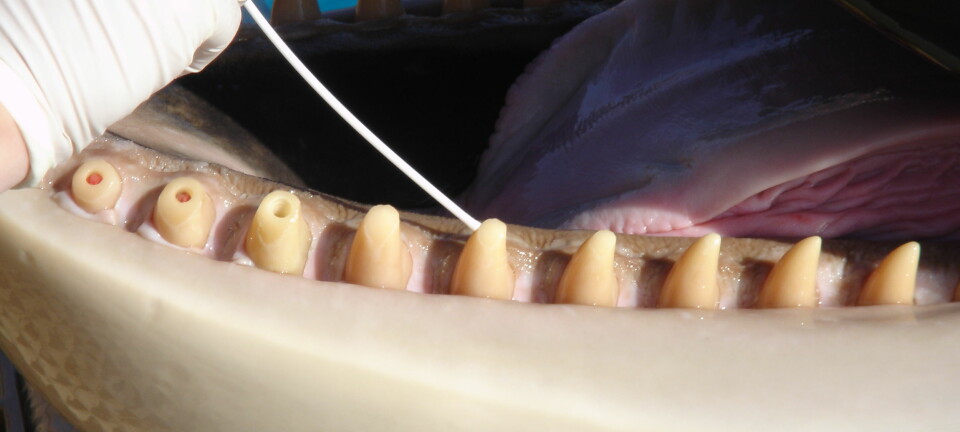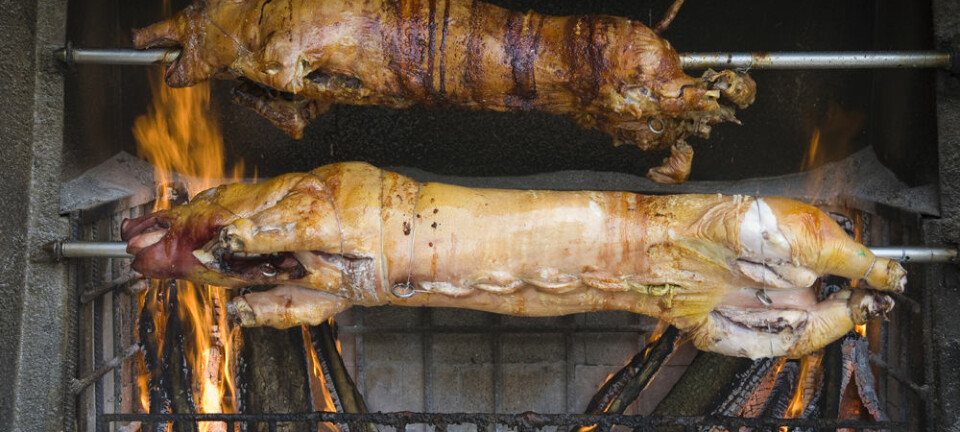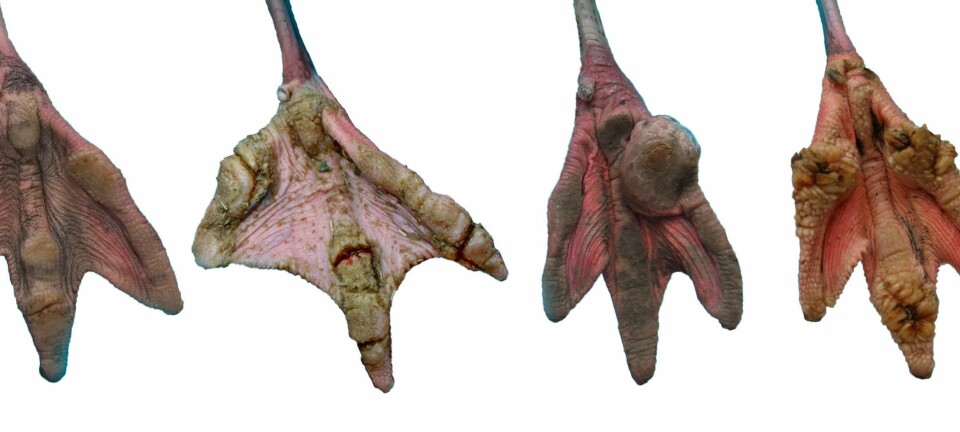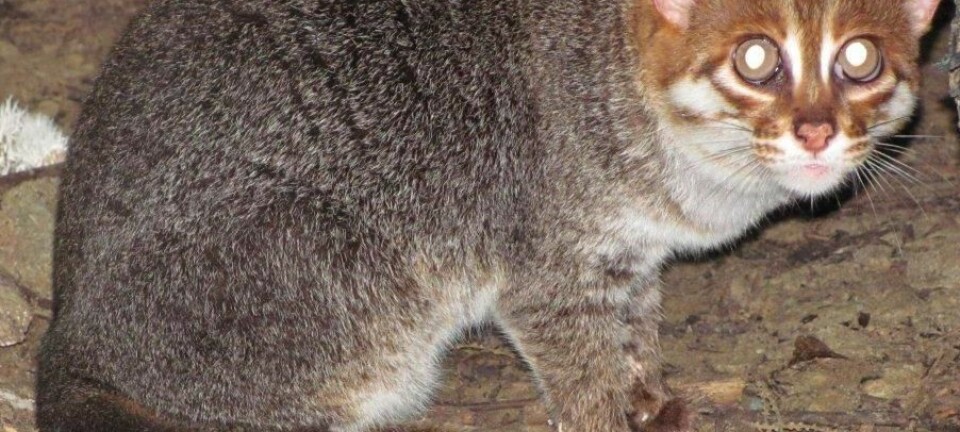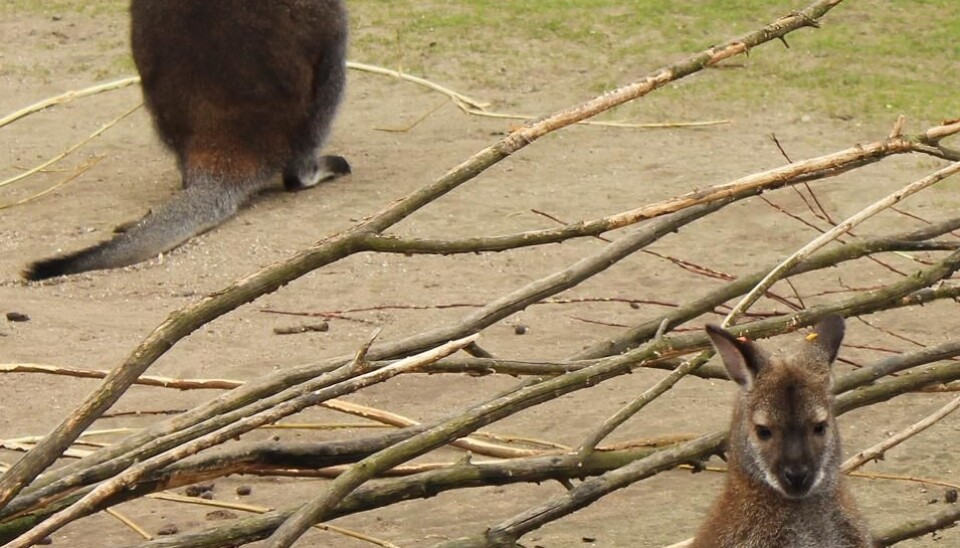
Disappointed scientists: damn, kangaroos fart methane
Kangaroo farts contain methane. This means that the key to lowering greenhouse gas emissions is not hidden in the stomachs of kangaroos.
Scientists have long nurtured the hope that kangaroo stomachs could help limit the emissions of man-made greenhouse gases.
However, a recent study can now put an end to that hope.
Up until now, it has been believed that kangaroos, unlike cows, produced little or no methane gas, even though the two animals have very similar diets.
Earth’s many millions of cows produce considerable quantities of methane which is primarily released into the atmosphere in the form of burps.
The original idea was to transfer the methane-free stomach culture of the kangaroo to cows.
But according to the study, such a procedure would be futile, as kangaroos do in fact produce methane gases. The gases simply come out the other end – in other words as farts.
What’s in a kangaroo fart?
The study of eight red-necked wallabies that do their daily jumping at the Copenhagen Zoo was conducted by the zoo’s staff veterinarian Mads Bertelsen and Professor Jørgen Madsen of the University of Copenhagen.
The wallabies were placed in large individual boxes for 24 hours. Each box was equipped with a ventilation system pumping pure atmospheric air into the box, thereby allowing researchers to measure the concentration of oxygen, carbon dioxide and methane in the air escaping the box, explains Bertelsen.
“Monitoring the concentration for more than 24 hours enabled us to observe fluctuation in the methane concentration. The increases were very likely to stem from farts,” he says.
If the same experiment is conducted with a cow the methane level is almost constant, because its methane production stems from the rumination. In other words, they burp methane.
Cow with a kangaroo belly
Scientists have long hoped to uncover the secret of the pouched mammals’ methane-free farts, with a view to transferring the advantageous stomach culture to cattle farming.
Even though the myth of the methane-neutral kangaroo has now been buried, the experiment has by no means been fruitless.
Kangaroo farts only contain between a third and a quarter of the methane levels found in cow burps, depending on their diet.
“A kangaroo digests food without producing any methane in its stomach. That could be useful knowledge,” says the veterinarian.
Microorganisms found in the stomachs of the kangaroos have been analysed and will now be compared to those found in cows and sheep.
Scientists are working to find alternative ways of bringing down the methane production in cows. Possible solutions include changing their fodder or selecting breeds that burp less.
Kangaroos belong in Australia
Simply replacing the cows with kangaroos is not an option as kangaroo production cannot be set up just anywhere.
The meatier breeds do not thrive outside of the Australian climate. They are sensitive to humidity, which means that it’s very difficult to breed them outside of Australia, he says.
Should you happen to be in Australia one day and stumble upon a juicy kangaroo steak, the zoo veterinarian warmly recommends that you sink your teeth into it.
“I’ve only tried kangaroo meat once. It was excellent.”
The study has been published in Journal of Animal Science.
-------------------------------
Read this story in Danish at videnskab.dk
Translated by: Iben Thiele
